How Guacimo Eco-lodge in Nicaragua is Changing the Way We Travel.
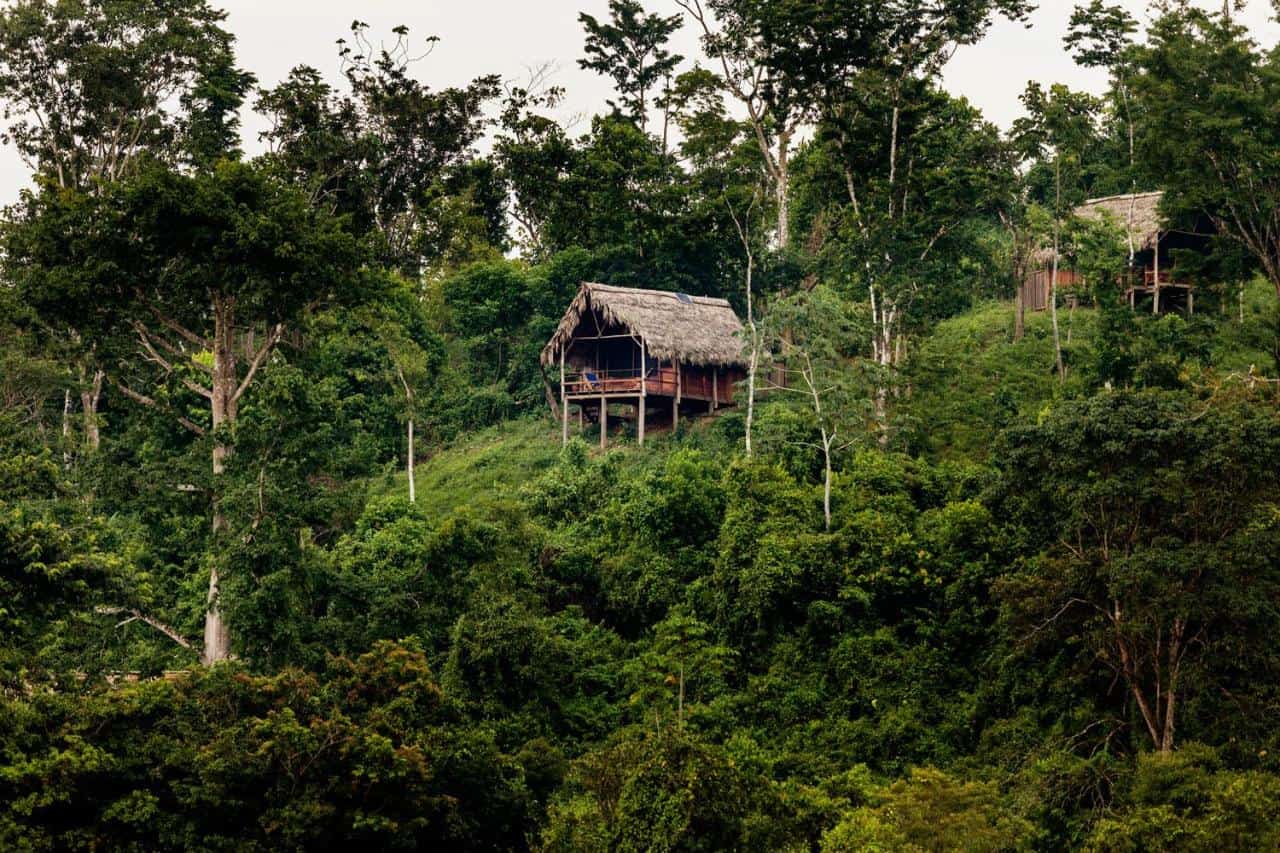
On a late afternoon, after sailing down the Rio San Juan for nearly 4 hours, the public ferry finally deposited us in El Castillo. I felt weary from the weeks we’d spent travelling on packed chicken buses across Nicaragua. But as we deboarded and wandered in search of food, it seemed like it wasn’t just the landscape that had changed. The sky shone a little brighter, people were chilling at street corners, and upbeat music followed us everywhere we went. We had arrived in the Nicaraguan Caribbean after all!
But we hadn’t yet reached our destination.
We were yet to sail further down the river, into the Indio Maiz Biosphere Reserve, past settlements of indigenous communities who still live in wooden stilt houses. We would feel our hearts quieten amidst the sweet melody of birds, as we entered no ordinary Nicaragua jungle. This was the country’s second largest old-growth tropical rainforest. The setting sun would fill the river with a soft orange light, and soon, our abode for the next 5 days would come into view: A wood house on stilts!
Also read: 6 Months, 6 Countries: Epic Memories from Central America
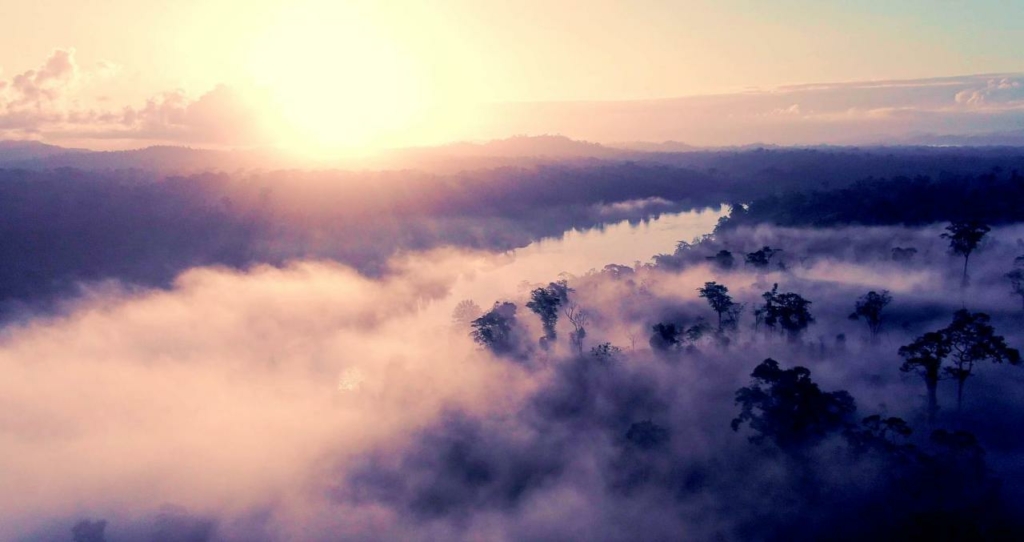
Eco-tourism in Nicaragua
Despite the years that have passed since, the memories of living in the solar-powered wood house, sailing on the Rio San Juan in search of the white-faced capuchin monkeys, and feeling a strong sense of connection with the incredible Indio Maiz rainforest remain etched in my mind.
So it felt both surreal and powerful to reconnect with our host family last year, and learn about their inspiring journey. The San Juan Wood House is now Guacimo Eco-lodge (Instagram @rio_san_juan_lodge) – named after the Guacimo tree (of the cacao family) that greets travellers when they first arrive. Same location, still powered by 100% solar, still family-run, but with far greater efforts to conserve the Indio Maiz Biosphere Reserve – noted to have greater biodiversity than all of Europe!
Also read: What India (and the World) Can Learn From Sustainable Tourism in Kerala
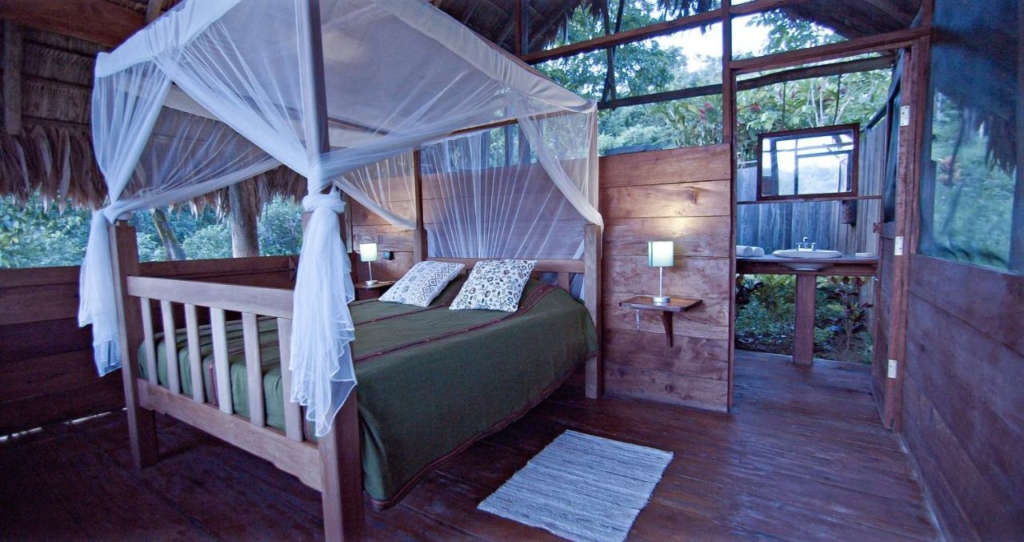
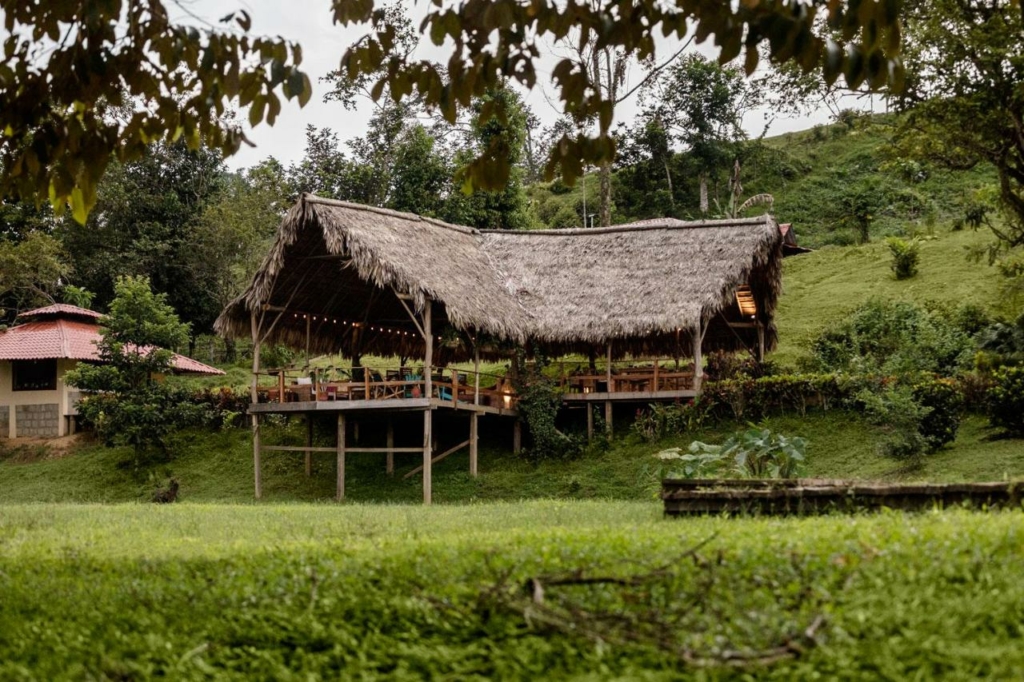
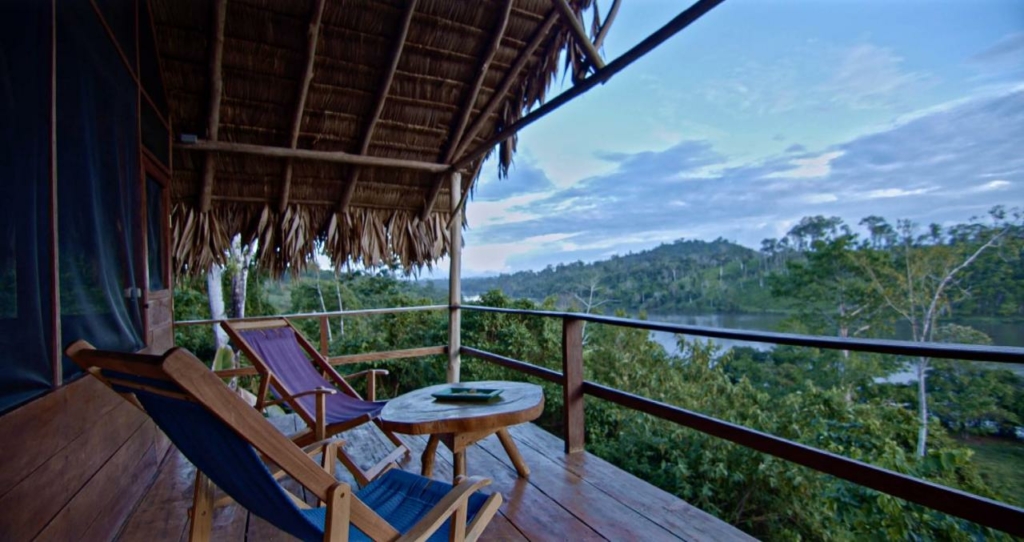
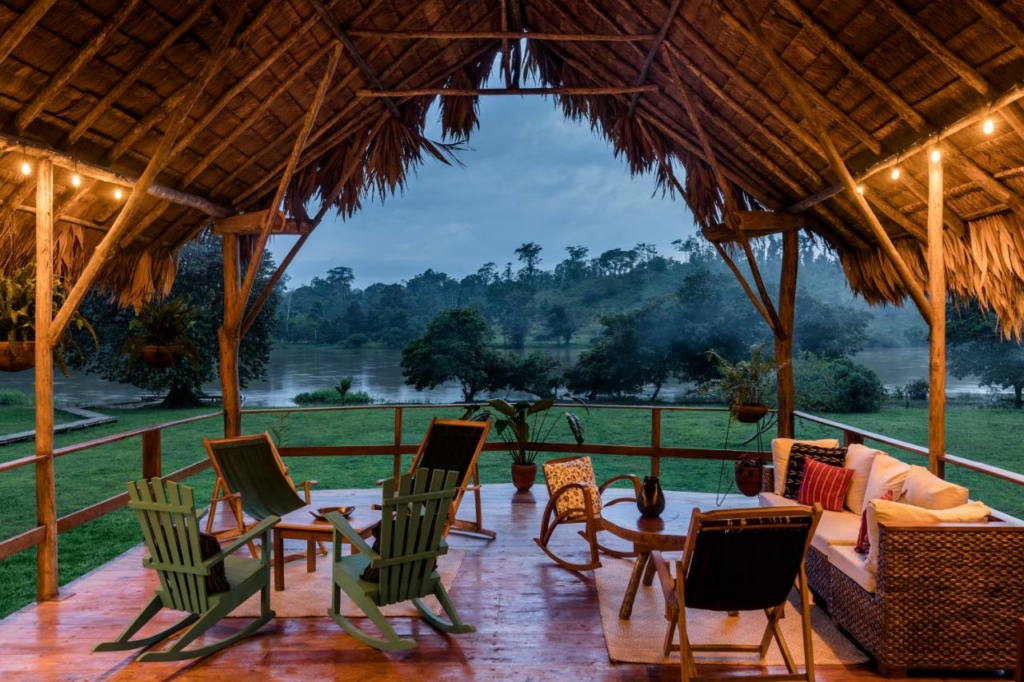
Conservation-based adventure on Rio San Juan
I could feel my adrenalin rush as Manuel, the co-founder of Guacimo Lodge, talked about canoeing down the Rio San Juan, through the Indio Maiz Reserve and the Rio Bartola, to finally jump into the cooling river water at El Playon. I remembered my own time on the river – otter spotting, and keeping a sharp eye out for howler and white-faced capuchin monkeys. The river was once used by Americans to travel from one coast to the other, during the Gold Rush of the 1800s, but fell into obscurity after the Panama Canal was built.
But adventuring on the river and in the forest is a dreamy sustainable travel experience now. Guacimo Lodge has been working with Nicaraguan biologist Edgar Castañeda to develop and implement a biodiversity conservation plan. Together, they’ve initiated the Indio Maiz Biodiversity project on iNaturalist, with a goal to document popular and yet unknown species in the San Juan river and the biosphere reserve.
This means travellers now become citizen scientists, not just observing the wild world but also documenting its changing biodiversity. 4,000+ observations over 1,495 species have been reported so far! The initiative also invites local Nicaraguan naturalists to frequent the forest and learn from its wonders.
Also read: 10 Incredible Eco Lodges Around the World: Indulge Yourself and Spare the Planet
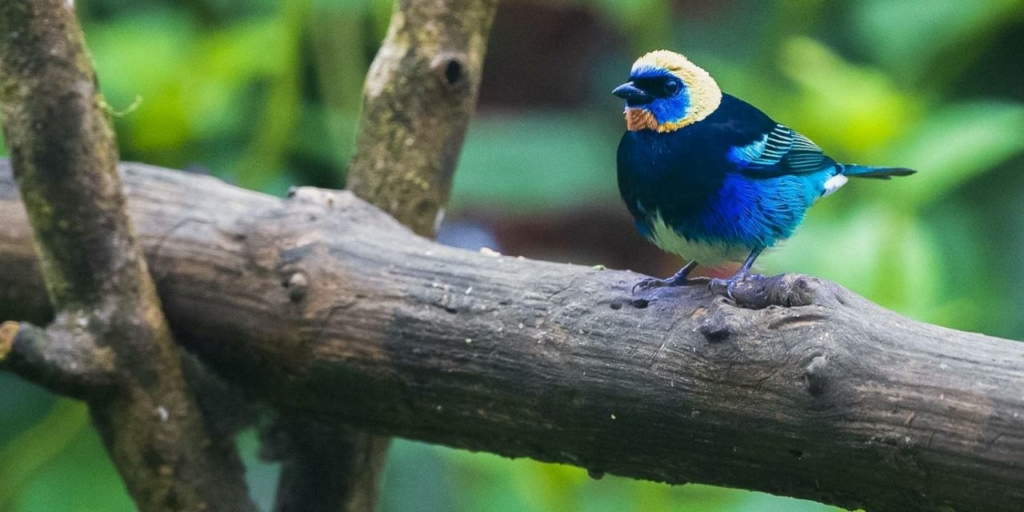
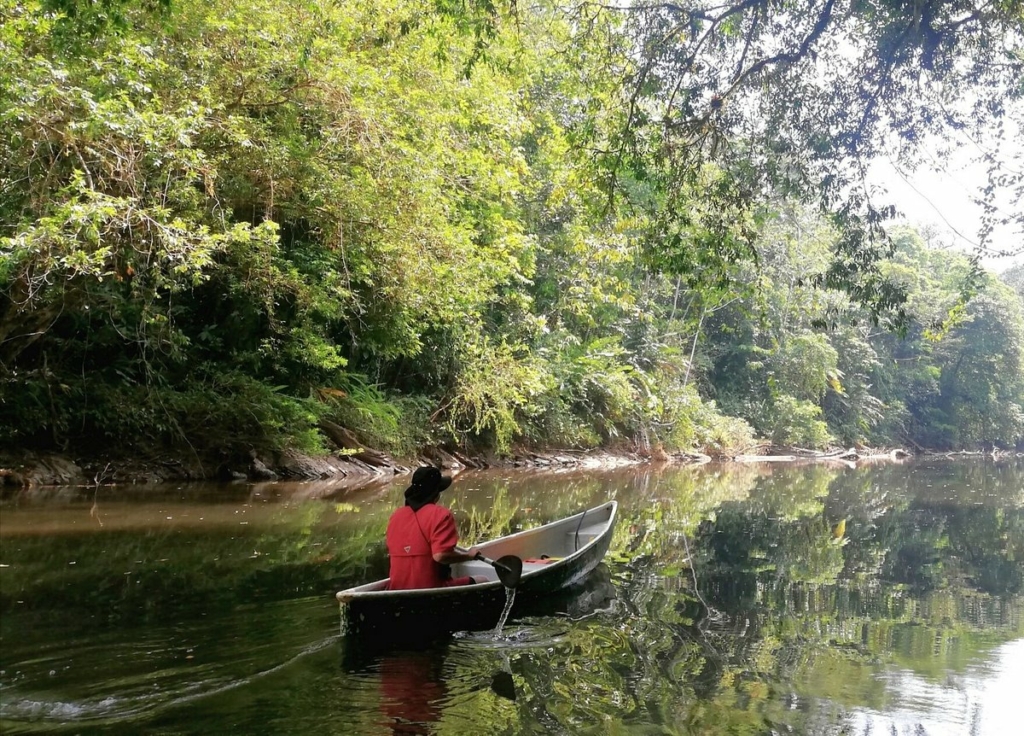
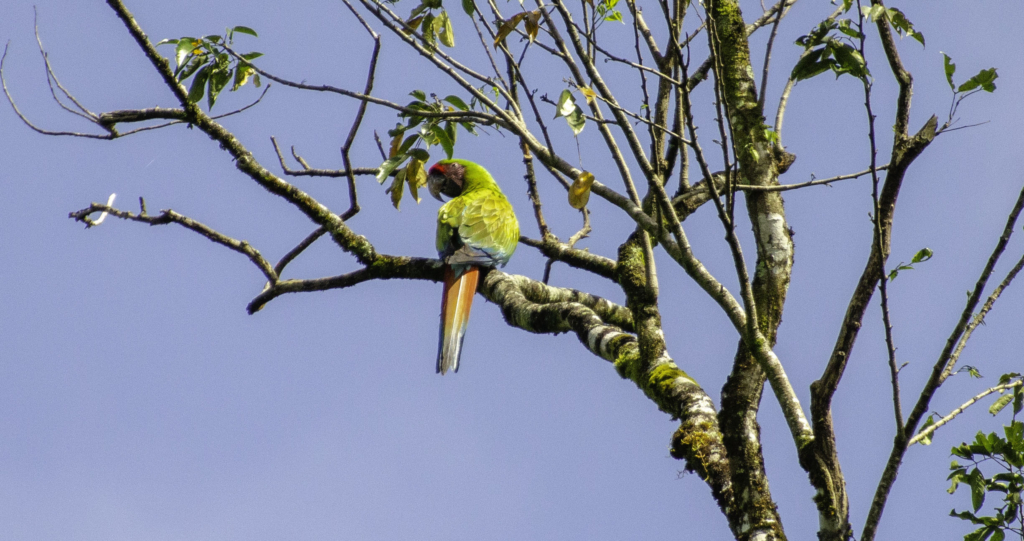
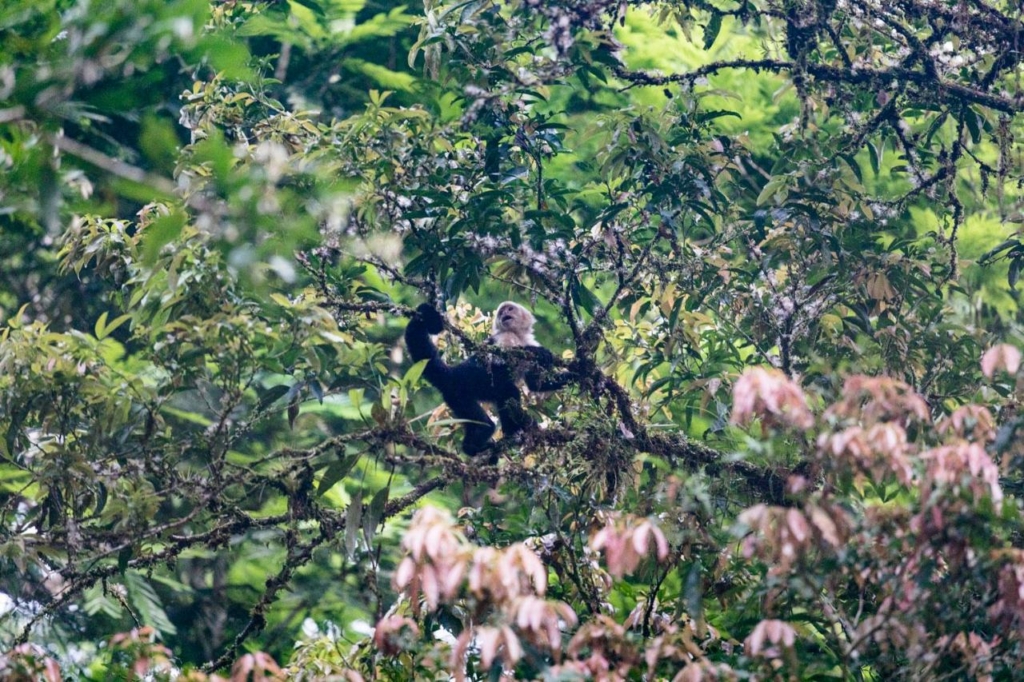
Tropical forest trails and an Indio Maiz Corridor (in the works)
I remember spending my mornings gazing out at the primary forest in the backyard of the Wood House, wishing I could quietly go in and observe the toucans and cedar trees. Guacimo Eco lodge, under guidance from Edgar Castañeda, made that possible by designing the region’s first eco forest trail. Travellers, naturalists and would-be citizen scientists can now learn first-hand, the value of this rich ecosystem, the species it harbors, and what life in this jungle at night is like.
Guacimo lodge is located about 2.5 kilometers away from the biosphere reserve, separated by 5 farms. The lodge is now looking to work with these neighboring farms to create a forest corridor connecting its patch of primary forest with the reserve, through payment for ecosystem services. This will create more space for wild animals to move freely and have enough food to feed on. What a brilliant way that would be to expand a living habitat!
Also read: How an Entire Village Transformed From Hunting Birds to Conserving Them
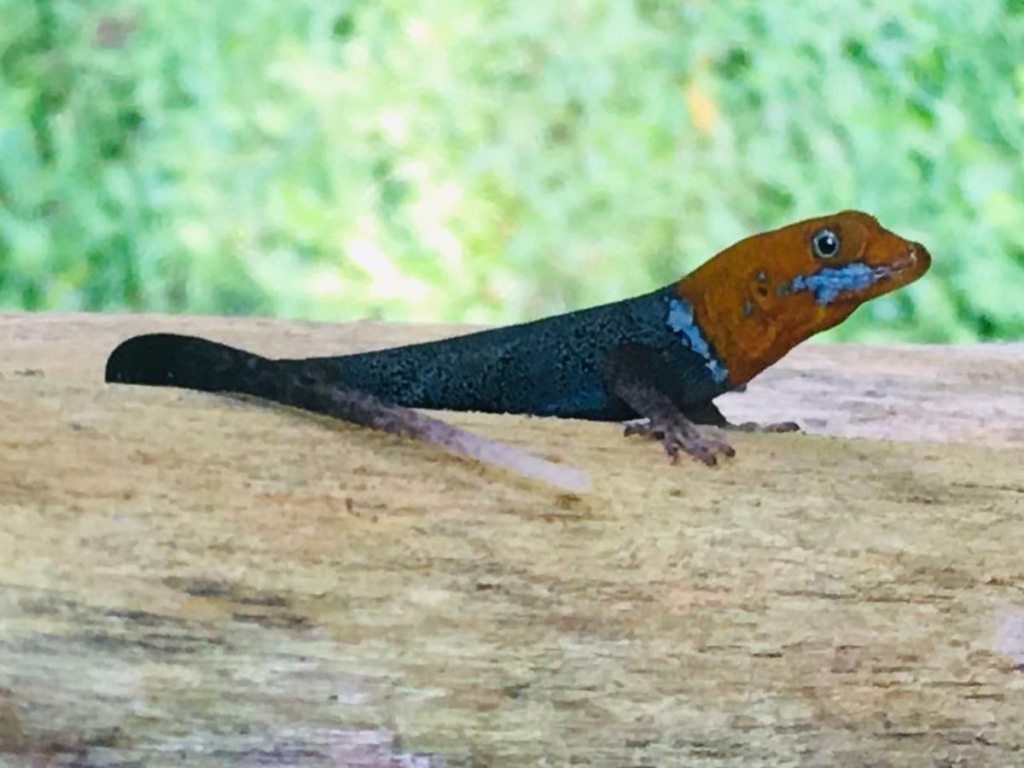
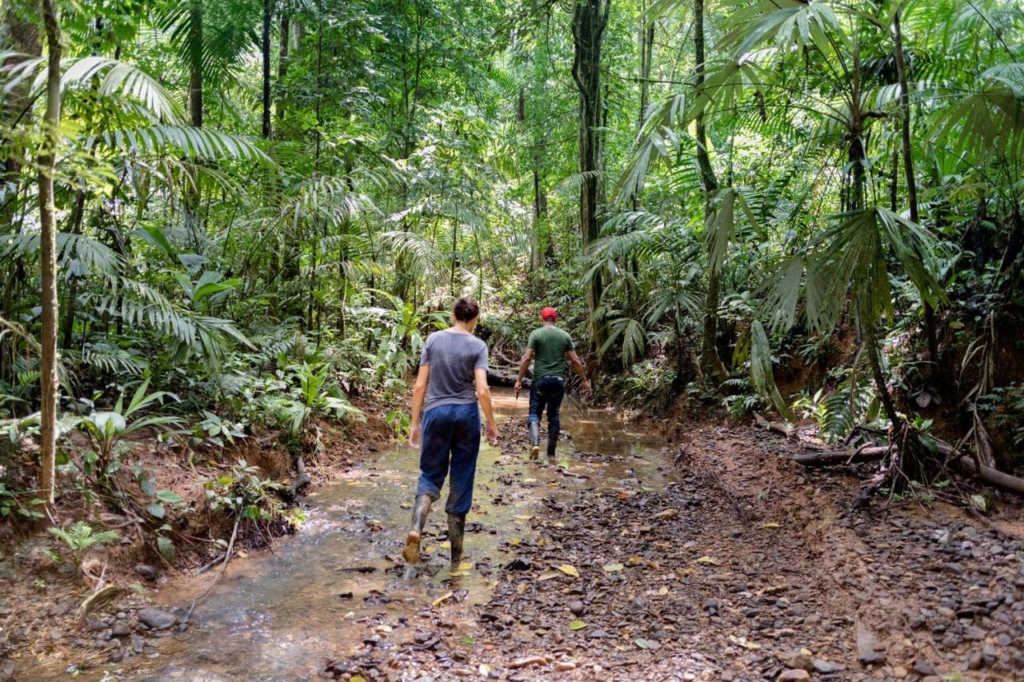
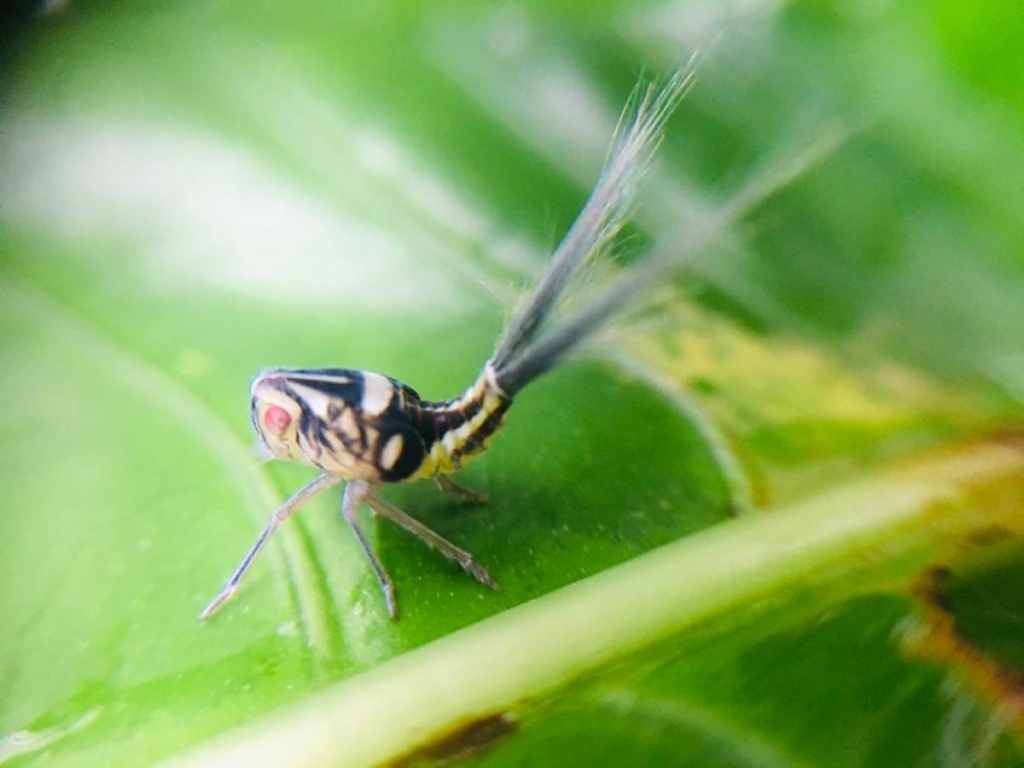
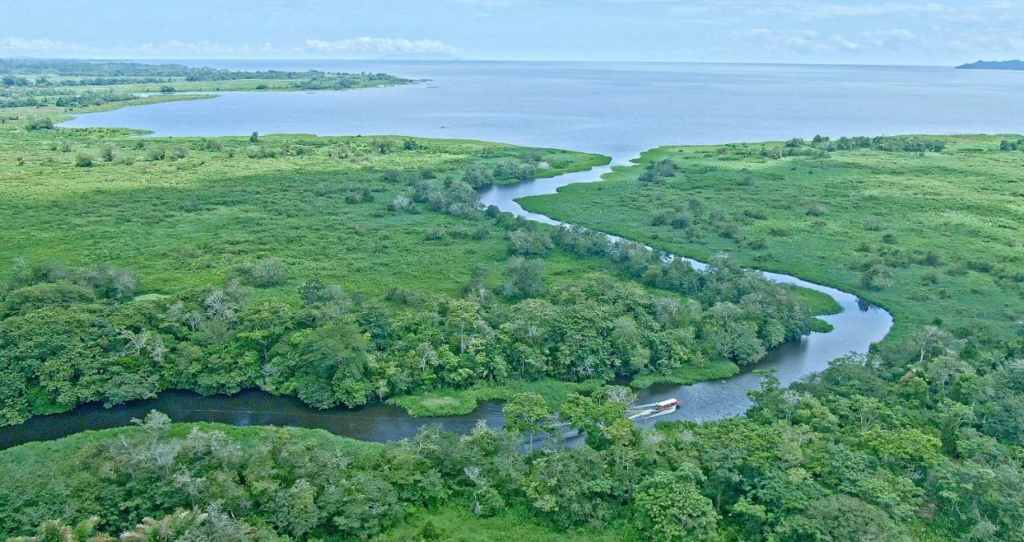
Climate action and sustainability practices at Guacimo Lodge
I’m always skeptical when places I’ve stayed at and loved, tell me about their growth plans. Can we ever really grow without sacrificing our core values?
I was relieved to learn that at Guacimo Lodge, the aspiration is just that. Instead of a sprawling lodge, Guacimo only set up 6 cabañas – made of mostly recycled wood and locally made clay tiles. Each of these open up to the river and forest, allowing world-weary travellers to fall into rhythm with raw, wild nature.
Besides their innovative work with biodiversity conservation, documentation and education, the lodge is taking the following measures to reduce its carbon footprint:
- Energy: Guacimo Eco-lodge is powered by 100% solar energy, reducing its Scope 2 emissions to zero.
- Food: Noting that cattle ranching is the leading cause of deforestation in this pristine forest, the eco lodge offers a beef-free menu. Globally too, beef is the single most carbon intensive animal food, both due to deforestation and cow burps which release the highly potent methane! I fondly remember all my gallo pinto (local rice and beans) meals at the wood house.
- Wood: In November 2016, the powerful Hurricane Otto hit the region. While the forest is still recovering from its impact, the fallen trees were recycled to build the lodge, along with wood obtained from regenerative plantations.
- Water: Water at the lodge comes from a natural spring, and is purified using natural filtration techniques (like sand deposits). When drawn from the ground, a solar pump is used. All black and grey water is filtered for re-use.
- Plastic: No single-use plastic bottled water is offered, and other non-recyclables are minimized.
- Community: 100% of the employment at the lodge is from the region. During the building phase, they worked with skilled artisans, carpenters and masons from El Castillo and San Carlos to design the cabañas in tune with the local architecture, including natural ventilation techniques.
Also read: Can Luxury Travel be Sustainable? What I Learnt Staying at Spice Village, Thekkady
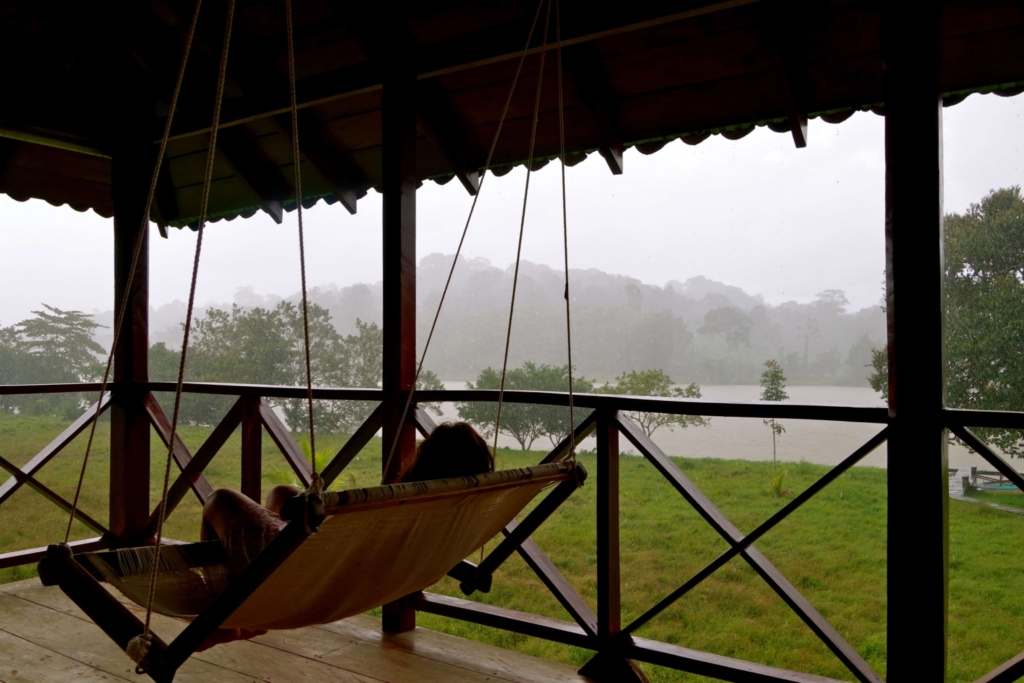
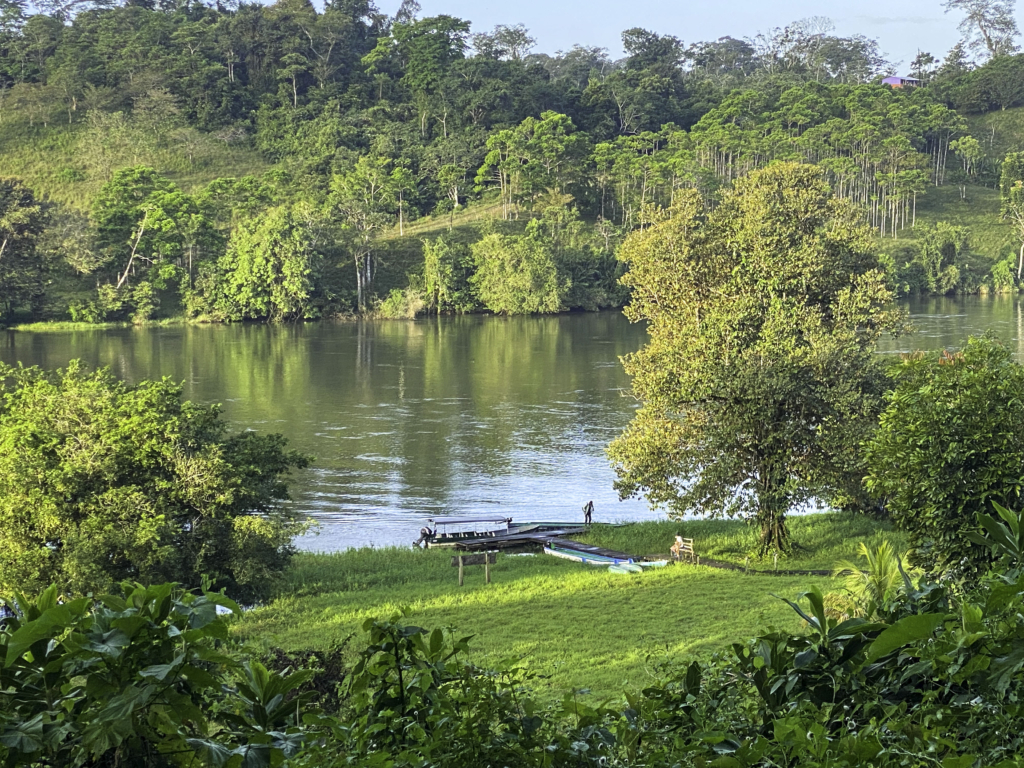
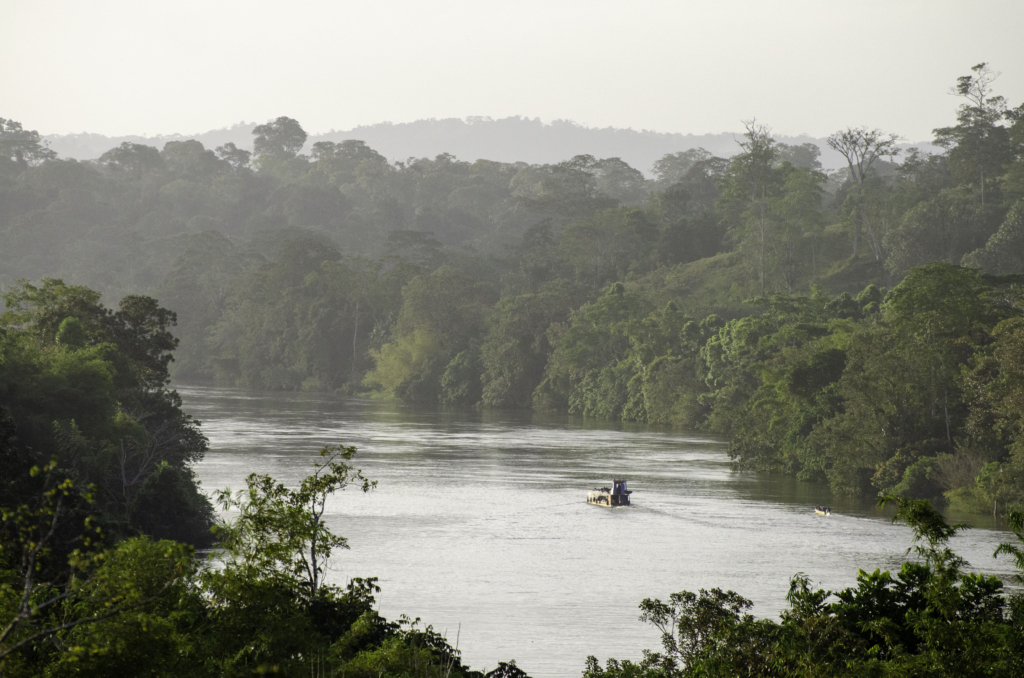
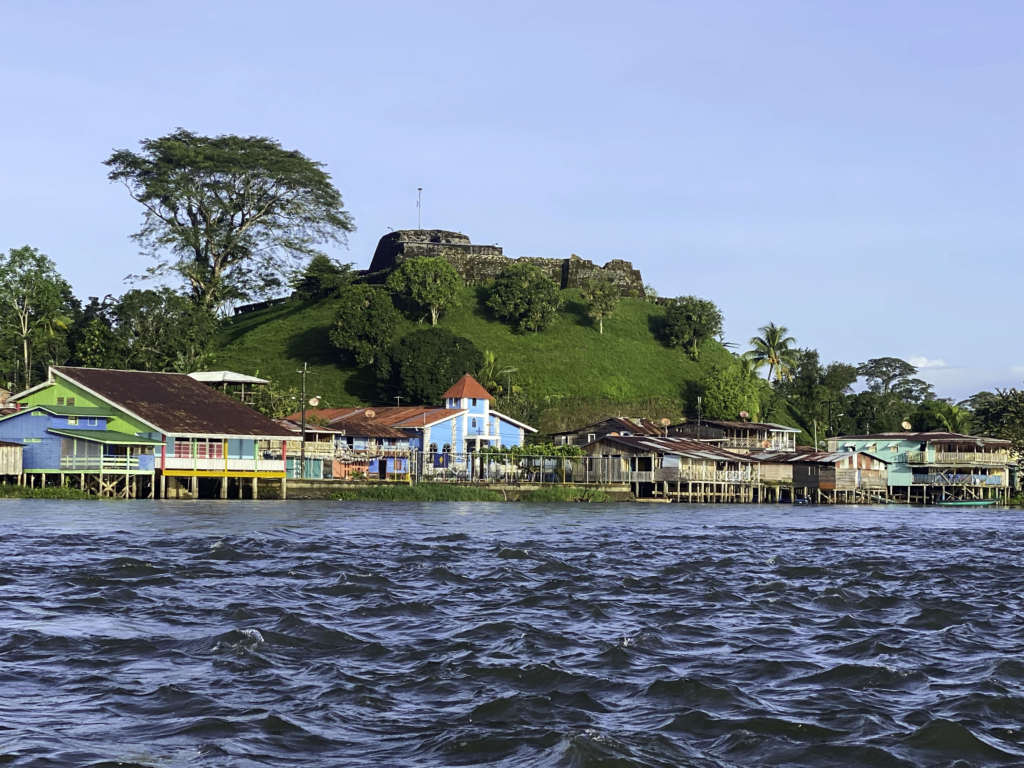
One of my fondest memories at the wood house is reading a book on the wooden swing, as the rain lashed the river, mist filled the afternoon, and the sun fought its way into the sky to create a double rainbow. So I had to ask Manuel if, all these years later, that feeling has changed in any way?
“I remember days and days of interminable rain. It was the Nicaraguan region with the highest level of rainfall. Now, even though rain is still very prevalent, it is by no means as it was before,” he told me candidly.
Like everywhere else in the world, the impact of climate change, deforestation, resource extraction and unsustainable development has taken its toll on the Indio Maiz Biosphere Reserve too. But tourism – if done right – has the potential to conserve it, create alternate livelihoods, and allow travellers like us to consciously experience a special place on Earth. Guacimo Ecolodge is showing the way!
Also read: Responsible Travel Tips to Have a Meaningful Adventure
Practical information
Getting there: El Castillo is the nearest town, accessible by a public ferry from San Carlos. The lodge organizes a private boat pickup from here.
Wellness, yoga and swimming: While Guacimo Eco Lodge does not offer yoga classes and is not a wellness retreat per se, it offers plenty of opportunities to disconnect from the world and reconnect with nature. It also has a spring water-fed outdoor swimming pool to cool off on hot tropical days.
Costs and bookings: Book a stay at this stunning ecolodge for150$ per night. All inclusive packages (including stay at the ecolodge, meals and activities) for 3-4 days are available on their website. Follow the lodge on Instagram for updates and special offers.
Have you travelled to Nicaragua or is it on your radar? Have you stayed at an eco-lodge that gives you hope for the future of tourism and conservation?
Note: I wrote this post in collaboration with Guacimo Eco-lodge. As you know, opinions on this blog are always my own!
Hi there! I’m Shivya, and I started this travel blog back in 2011, when travel wasn’t trendy, Instagram didn’t exist and AI wasn’t a thing (simpler times, I know!). I write about slow, meaningful and conscious travel – that is good for us, the places we visit, the people we meet along the way, and the planet at large. Settle down, grab a cup of tea, and read stories that remind you of the essence of travel. I’m so glad you found me!


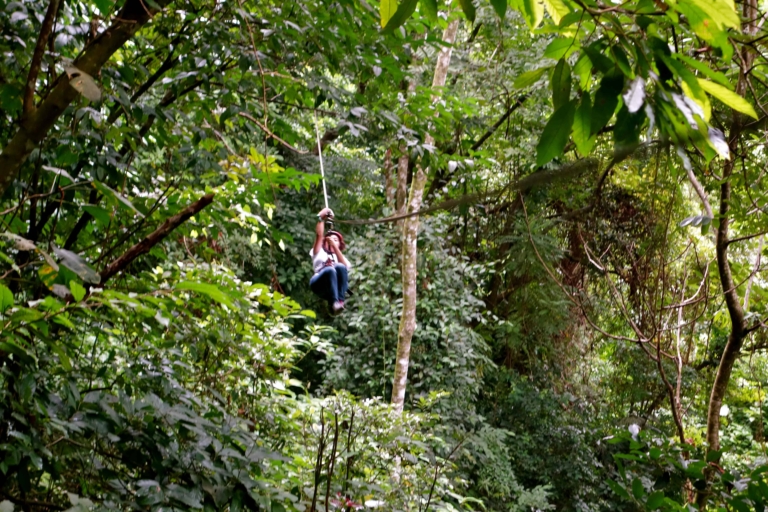
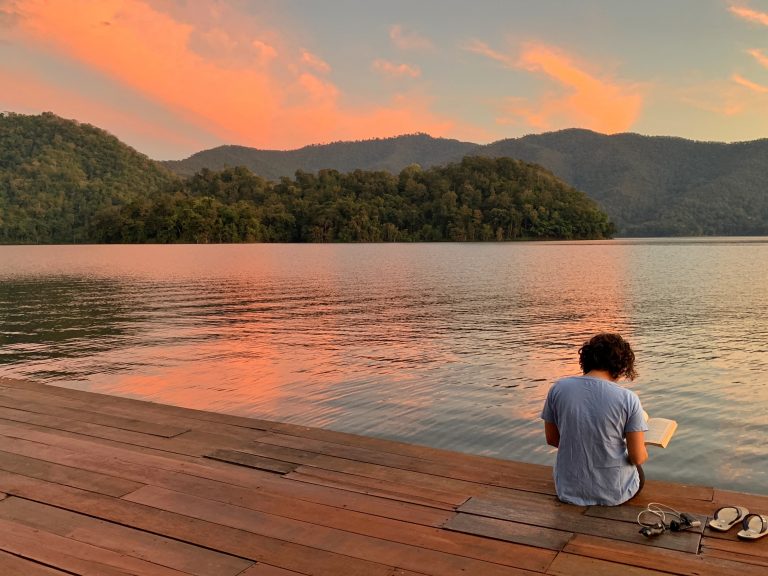
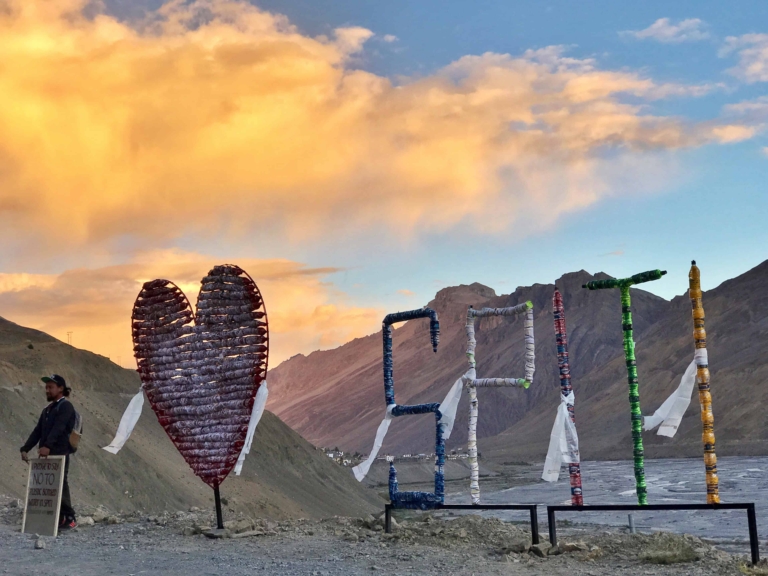
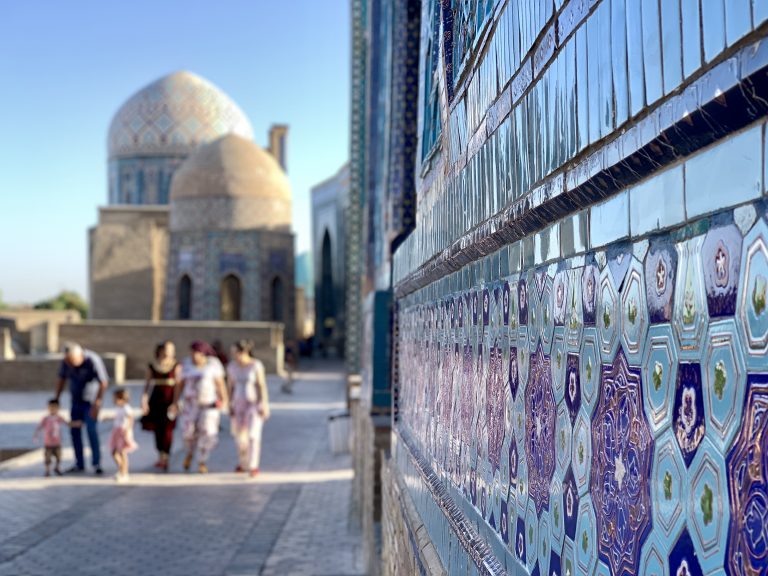
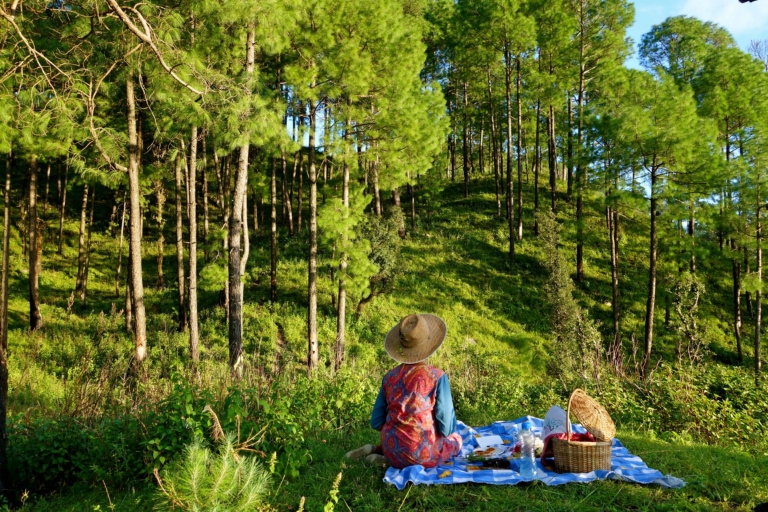
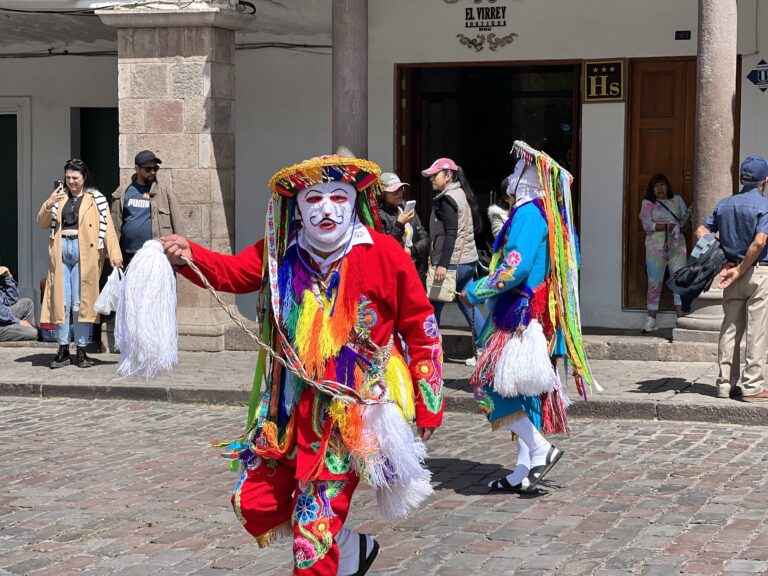
This looks so so beautiful. Thanks for sharing these gems with us Shivya. I am curious if Nicaragua gives visa on arrival?
It’s a special place for sure! I believe they offer VOA if you have a valid US visa.
The ecolodge sounds amazing! Hope to visit the next time I’m in Nicaragua
I’m sure you’ll love it, Patty. Let me know if you ever end up going – would love to hear about your experience!
Very beautiful it looks. Indeed a great view
This place looks so special. I’ve been trying to stay at more environmentally conscious places when I travel – I really love that Guacimo Eco Lodge has lots of options for sustainable adventures outside the hotel too!